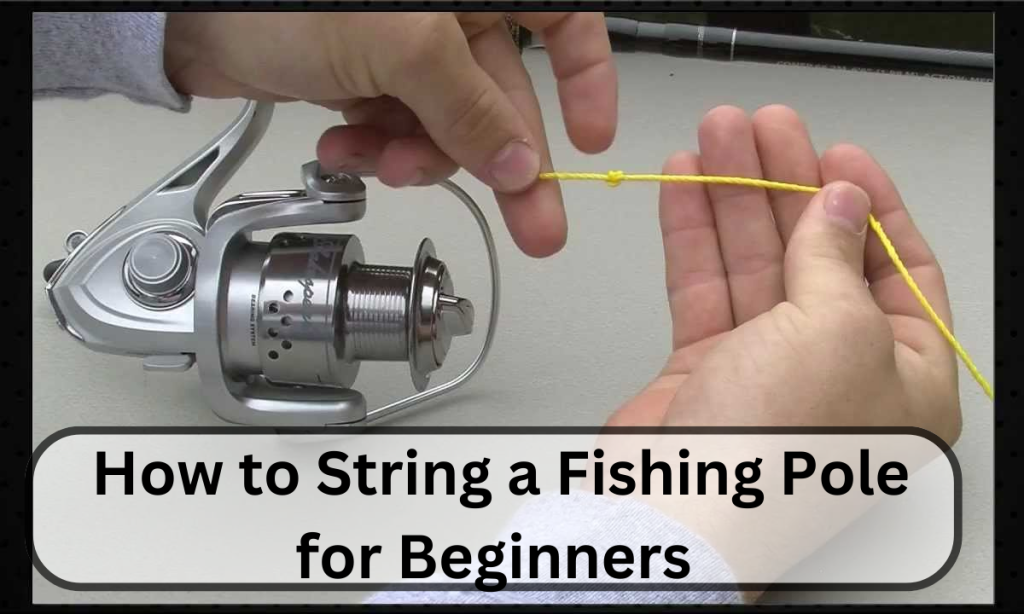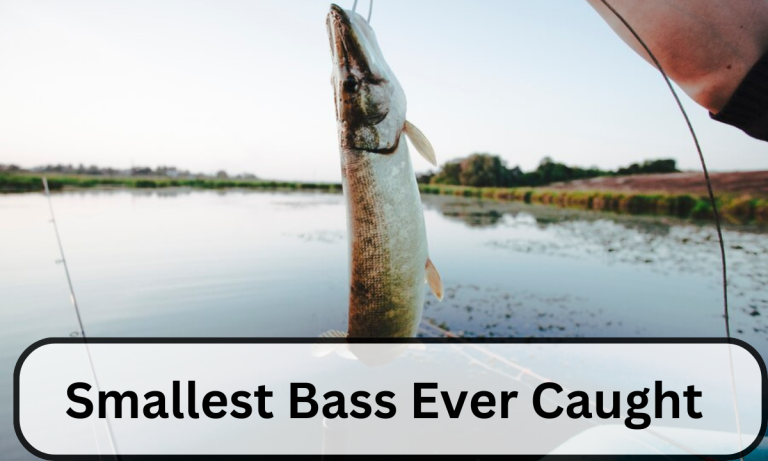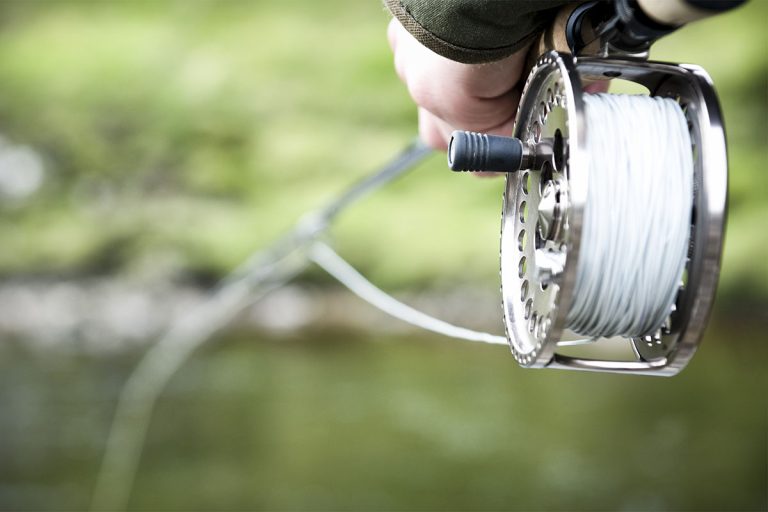How to String a Fishing Pole for Beginners
Fishing while becoming a task or pastime raises many questions in the minds of beginners. However, it is something very easy for the experienced anglers. And one of those questions certainly is how to string a fishing pole for beginners. This topic is almost related to one of our previous topics that is, how to put weight on fishing lines.
Anyway, our readers-cum-readers should stay relaxed because how to string a fishing pole for beginners is quite easy. Further on, how to string a fishing pole for beginners does not have to do with the technique of fishing. There are a few steps or techniques to follow that will help you string your fishing pole.
What is a fishing pole?
A fishing pole is a very important part of the fishing equipment. It contains a rod with a line attached to its one end. The line is used to reel in the hooked fish. However, there are many rods that have reels on their opposite side to adjust drags when required including keeping extra linen in shape.
As far as reels are concerned, they vary from angler to angler. Some go for baitcasting reels while others prefer spinning reels. However, what matters the most is how to string a fishing pole for beginners.

How to String a Fishing Pole for Beginners: Steps
As explained earlier, stringing a fishing pole is not as hard as it might look to be. In other words, stringing a fishing pole is as easy as ABC. Just follow some basic steps and you are over the line. Additionally, follow the instructions issued by the manufacturer and apply them with patience. However, the technique of stringing the fishing pole may change according to its type.
Step One: Remove the Old Line
To commence with the stringing process of a fishing pole, first remove the old line from the reel. Unscrew and pull it out.
Step Two: Threading the Line
The next step is to thread the new line through the guides or eyelets. For that purpose, you should start threading from the bottom and gradually go up.
Step Three: Tie the Line to the Reel
After the line is in place, use a figure-eight knot to tie it off to the reel to avoid slippage.
Step Four: Test the Line
To check if the line is working properly, give it a few practice casts. As it is a common saying, practice makes a man practice, similarly, practice along with patience will make you an expert at how to string a fishing pole for beginners.
Step Five: Adding Proper Line and Lure
Now, you are ready to add a proper line and a lure to your fishing pole according to your fishing targets.
How to String a Fishing Pole for Beginners: Other Considerations
But there are a few considerations that you should keep in mind:
- Choose a fishing pole according to your fishing targets. If you are up for smaller fish, choose a lighter pole and vice versa.
- You will need different/separate poles for fishing from the boat and river.
- Similarly, choose a fishing pole according to your strength level. A child cannot take hold of a heavy pole whereas a lighter pole cannot afford larger fish.
How to String a Fishing Pole for Beginners: Line Preferences
A successful fishing experience rests on the selection of your line. The line preferences are mentioned below:
Monofilament Line
Monofilament line is a famous choice among anglers for the following reasons:
- The Monofilament line is affordable.
- Monofilament line makes it easier to string a fishing pole with it.
- The Monofilament line is strong enough to fit in all fishing conditions.
- The chances of the monofilament line getting tangled are minimal.
Fluorocarbon Line
A Fluorocarbon line is ideal for the following reasons:
- Fluorocarbon fishing line is less visible underwater, therefore, the chances of catching many fish are higher.
- Moreover, the fluorocarbon fishing line is strong and abrasion-resistant to break easily.
Braided Line
Braided fishing line is ideal for the following reasons:
- A braided fishing line is made from different materials braided together.
- It is very strong to bear different water situations without the fear of breakage.
- The braided fishing line is thin enough to be used for smaller-diameter fishing poles.
- It has less drag while being cast with smaller fishing poles.
Conclusion
As we have discussed in the article stringing a fishing pole is quite easy if you string it according to the given instructions in the article but with great patience and practice. Similarly, you should choose your fishing pole, lines, and lures according to both your fishing targets as well as water conditions.
FAQs
- What type of fishing line shall I use to string a fishing pole?
Ans. Choosing a fishing line depends on the targeted fish. You can choose a monofilament, fluorocarbon, and braided lines accordingly.
- How often shall I re-string my fishing line?
Ans. The re-stringing of the fishing line be ensured after you find signs of wear and tear.





